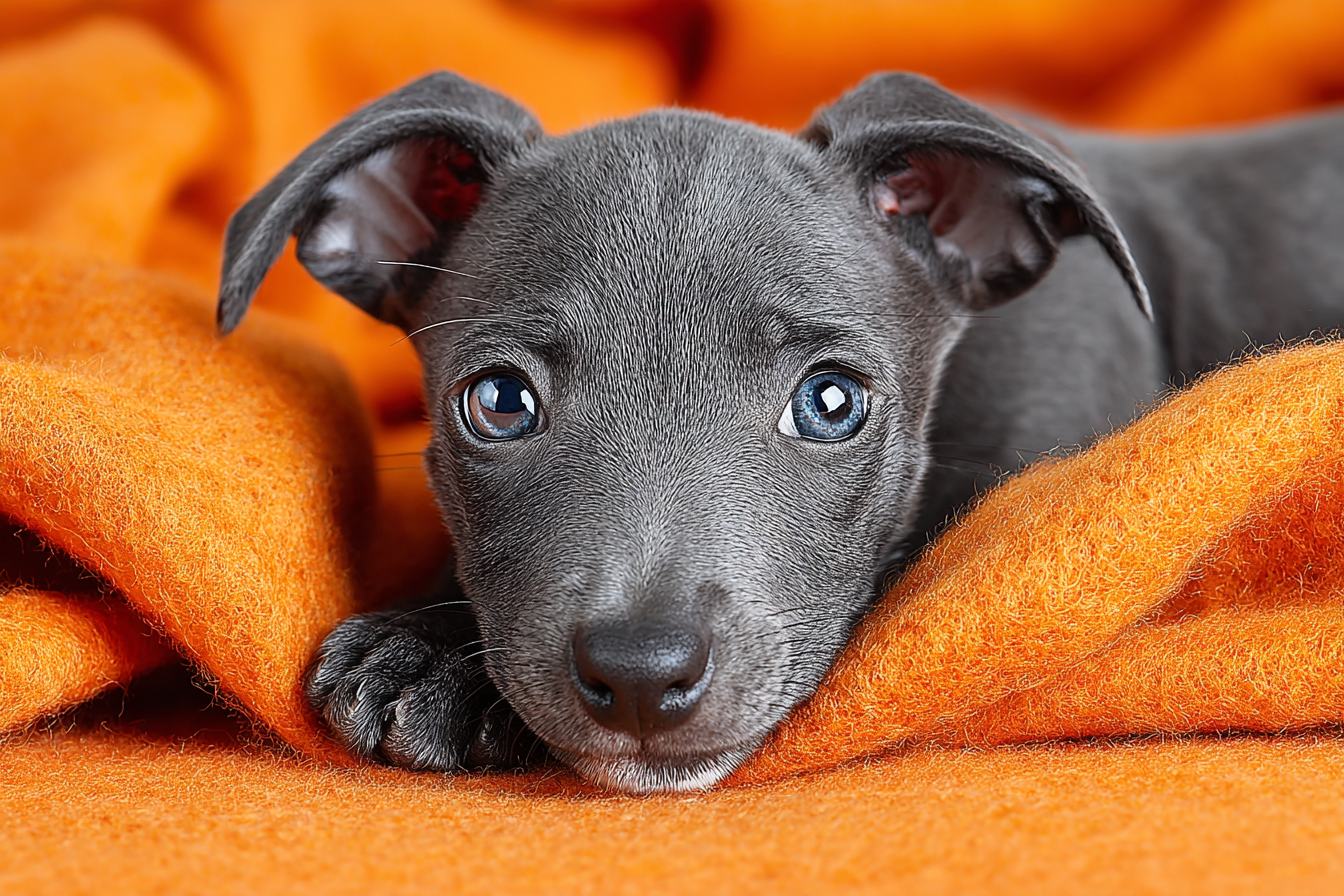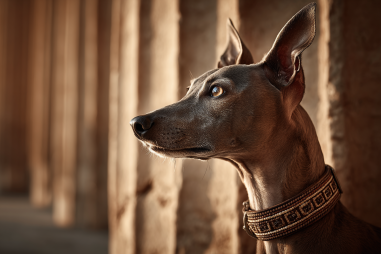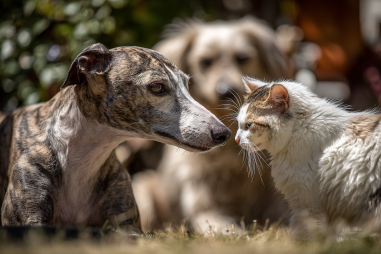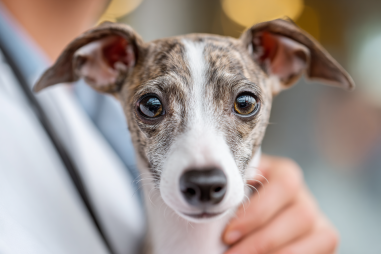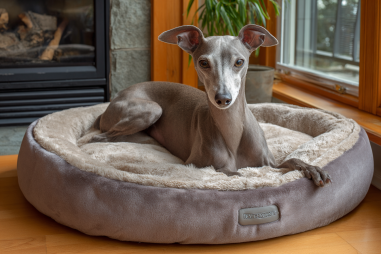Welcoming an Italian Greyhound puppy into your home is an exciting and rewarding experience. These elegant, slender dogs are known for their graceful movements and gentle nature. However, like all puppies, Italian Greyhounds require specific care to thrive in their new environment. Understanding their unique needs—from preparing your living space to establishing routines—is essential for setting your little companion up for a happy and healthy life. This guide will walk you through the fundamental aspects of Italian Greyhound puppy care, helping you feel confident as you embark on this wonderful journey together.
Preparing Your Home for a Puppy
Before bringing your Italian Greyhound puppy home, it’s important to create a safe and comfortable environment tailored to their delicate frame and energetic personality. Italian Greyhounds are small and fragile dogs, so puppy-proofing your space is key to avoiding accidents or injuries.
Start by removing any objects that could be hazardous, such as small items they might swallow, electrical cords, and toxic plants. Since Italian Greyhounds have fine bones and thin skin, be cautious with furniture edges and slippery floors. Placing rugs or non-slip mats in key areas can prevent slips and falls.
Set up a designated sleeping and resting area with a cozy bed or crate. Crate training provides a secure space for your puppy and supports house training efforts. Make sure the crate is sized appropriately to give your puppy enough room to lie down and turn comfortably.
Having a variety of chew toys and safe items to entertain your puppy will keep them engaged and reduce boredom-induced behaviors like chewing on furniture or shoes.
Feeding and Nutrition for Italian Greyhound Puppies
Proper nutrition is vital for the growth and development of your Italian Greyhound puppy. Because of their small size and high metabolism, they require a balanced diet rich in proteins and essential nutrients.
Choose a high-quality puppy food formulated for small breeds. These foods usually have the right balance of calories, vitamins, minerals, and fatty acids to support healthy bones, muscles, and coat development. Avoid feeding your puppy adult dog food, as it won’t meet their nutritional needs.
Feed your puppy multiple small meals a day—typically three to four—to maintain their energy levels and prevent hypoglycemia, which small breeds can be prone to. Always provide fresh water and monitor their appetite and weight to adjust portions as needed.
Avoid giving your puppy human foods or treats that might be harmful, such as chocolate, grapes, onions, or anything overly fatty or sugary. Consult your vet before introducing any new foods or supplements.
Socialization and Early Training
Early socialization is crucial for Italian Greyhounds to grow into well-adjusted adult dogs. Introduce your puppy gradually to new people, places, sounds, and other animals in a controlled and positive manner. This helps reduce shyness or fearfulness, which can be common in this sensitive breed if socialization is lacking.
Start basic training early using gentle, reward-based methods. Italian Greyhounds respond well to positive reinforcement like treats, praise, and play. Keep training sessions short and fun to hold their attention and avoid frustration.
Key commands to teach include “sit,” “come,” “stay,” and “leave it.” Consistency is important, so ensure all family members use the same cues and routines.
Potty training should begin right away with a consistent schedule, plenty of praise, and patience. Because Italian Greyhounds are intelligent but can be somewhat stubborn, avoid harsh punishments that may discourage trust.
Health Check-Ups and Vaccinations
Regular veterinary care is essential to keep your Italian Greyhound puppy healthy. Schedule an initial vet visit soon after bringing your puppy home to begin vaccinations, parasite prevention, and a general health evaluation.
Vaccinations protect your puppy against common infectious diseases like distemper, parvovirus, and rabies. Your vet will also advise on flea, tick, and worm control tailored to your region and lifestyle.
Italian Greyhounds can be prone to some breed-specific health issues, such as dental problems, patellar luxation (knee dislocation), and leg fractures due to their slender build. Regular check-ups help identify concerns early and ensure timely treatment.
Maintain a vaccination and health record to track boosters and vet visits. Additionally, keep a close eye on your puppy’s behavior, appetite, and energy, and report any unusual signs to your vet promptly.
Safe Handling and Comfort
Because Italian Greyhound puppies have delicate bones and joints, gentle handling is essential. Always support their body fully when lifting, especially under the chest and hindquarters, to prevent strains or injuries.
They thrive in a warm, cozy environment. Due to their thin coat and low body fat, Italian Greyhounds are sensitive to cold weather and may need a sweater or blanket when outdoors or during winter months. Avoid leaving your puppy outside for long periods in chilly conditions.
Provide soft bedding and a quiet place where your puppy can rest undisturbed. Plenty of rest is important for healthy growth and emotional well-being.
Make sure any playtimes are supervised and safe. Avoid rough play that could lead to accidental injury, and encourage activities that promote gentle exercise like short walks and indoor play.
Setting Routines and Boundaries
Consistency is key when raising any puppy, and Italian Greyhounds benefit greatly from clear routines and boundaries. Establish regular feeding times, potty breaks, play sessions, and rest periods to help your puppy understand what to expect each day.
Set boundaries around where the puppy is allowed to go and what they can chew on. Using gates or crates can help manage access to certain areas and prevent unwanted behaviors.
Positive reinforcement for good behavior combined with gentle correction for unwanted habits will shape your puppy’s manners effectively. Remember to be patient; every puppy learns at their own pace.
Building a consistent daily routine not only aids in training but also provides your puppy with a sense of security and confidence.
Building a Foundation for a Happy, Healthy Dog
Caring for an Italian Greyhound puppy involves attention, commitment, and affection. By preparing your home thoughtfully, providing proper nutrition, encouraging socialization and training, attending to health needs, handling your puppy with care, and establishing routines, you’re laying the groundwork for a lifelong bond built on trust and happiness.
These graceful dogs bring joy and companionship to their families, and with the right approach to puppy care, you can ensure your Italian Greyhound grows up to be a vibrant, well-mannered member of your household. Enjoy every moment of this special time—you’re giving your puppy the best possible start in life!

